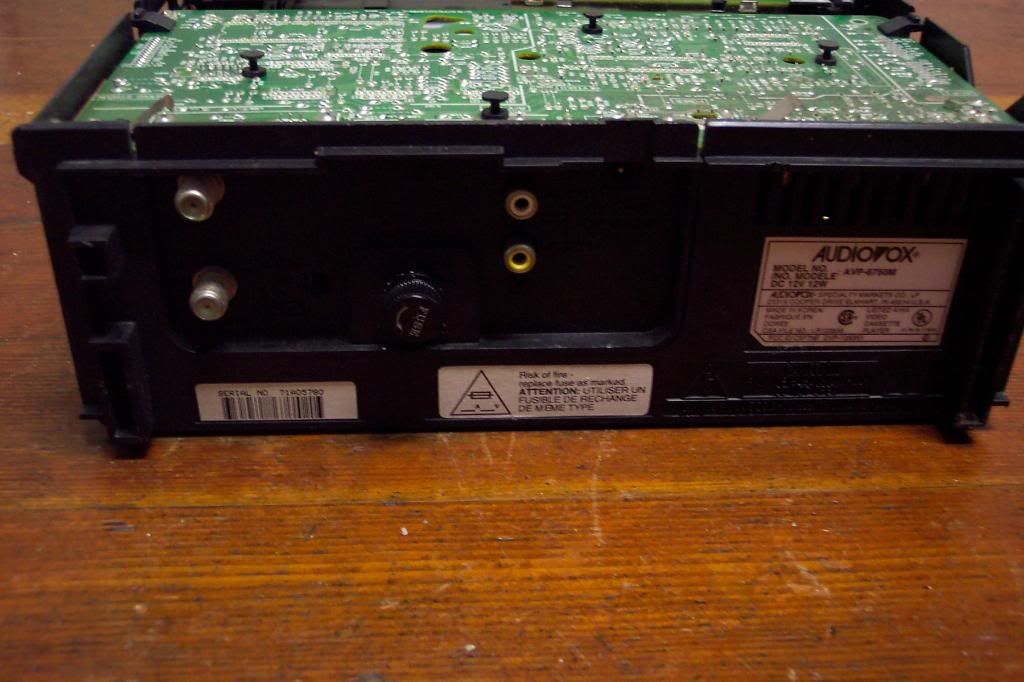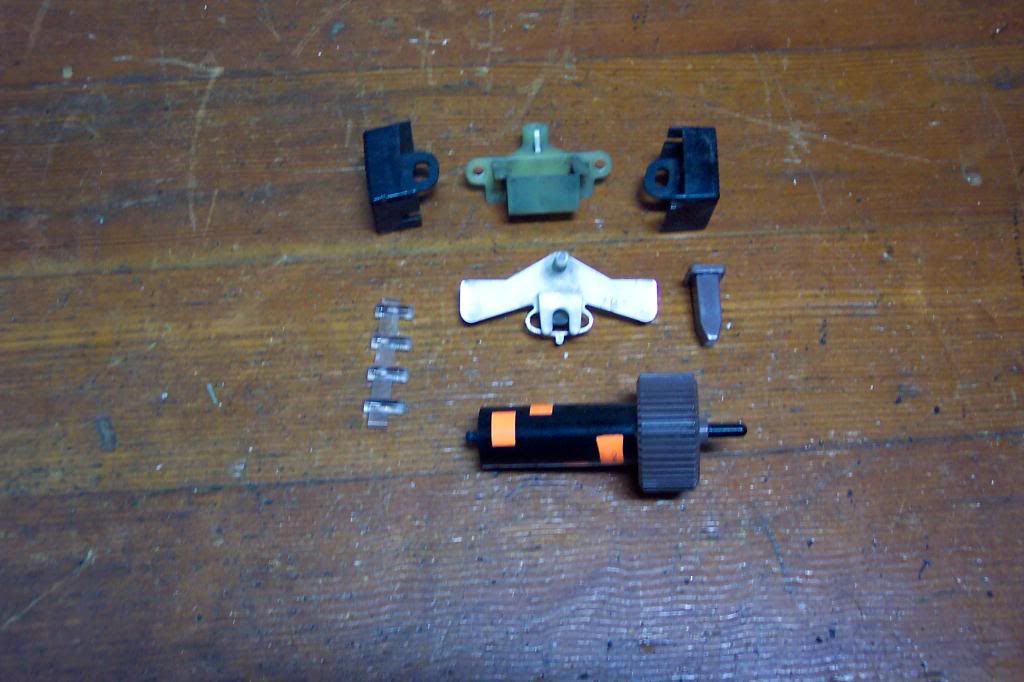It's back to sewing machines again for this week. This machine is interesting both in how high-tech it is, as well as the fact that it still sort of worked. See, when I sat down to take it apart, I noticed that the outlet for the cord was the same size as one I already had, so I decided to plug it in just to see if anything would happen. Well, it actually turned on. I was kind of surprised. I don't think it 'worked' exactly, but the settings appeared to change when I pressed the buttons. I thought twice about taking it apart, but decided to since obviously whatever was wrong with it was either not repairable or would cost more to fix than the unit's worth.

I have previously taken the 6000 and 7000 series Memory Crafts apart; the 8000 is much sleeker, mainly due to the lack of separate buttons for all the settings. Instead, it has a touchscreen, which is pretty snazzy for a home sewing machine.

This little compartment slides right off. I decided to keep it because one can never have too many little containers.

Sewing machine with the body panels removed, exposing a lot of tightly packed components.

The back side of the control panel.


Strictly speaking, there wasn't a large number of parts I could pull from this, but some of them were pretty big. That's not much of a consolation, though.
 This Compaq (incidentally, I had forgotten they even made printers) is very subtle about not being symmetrical, until you examine individual parts. The tray at the top has a guide on just one side, the green button is a really wonky shape, and there are several other examples not evident in this picture.
This Compaq (incidentally, I had forgotten they even made printers) is very subtle about not being symmetrical, until you examine individual parts. The tray at the top has a guide on just one side, the green button is a really wonky shape, and there are several other examples not evident in this picture. This is another issue I had with this printer: all the extraneous plastic that was on top of the 'core' case.
This is another issue I had with this printer: all the extraneous plastic that was on top of the 'core' case. Look at that little thing, compared to how big it was with the plastic still on.
Look at that little thing, compared to how big it was with the plastic still on. I got a decent amount of parts. Not many gears, though; most of them didn't want to come out.
I got a decent amount of parts. Not many gears, though; most of them didn't want to come out.



















